When someone describes a deck as aggro in Flesh and Blood, it's easy to come to a generalized idea of what that looks like. Most people would be in agreement over which decks are aggro or aggressive, based on those that want to win the game primarily through attacking as much as possible while minimizing blocking. Similarly, there's a general consensus on what a defensive deck looks like: they aim to limit the amount of damage taken from the opponent through blocking or disruptive tools, so that they can enact a slower-paced win condition. That can be setting up a powerful combo, chipping damage throughout the game, or running the opponent out of threatening effects. Some may even call these ‘control’ decks, depending on the specific deck.

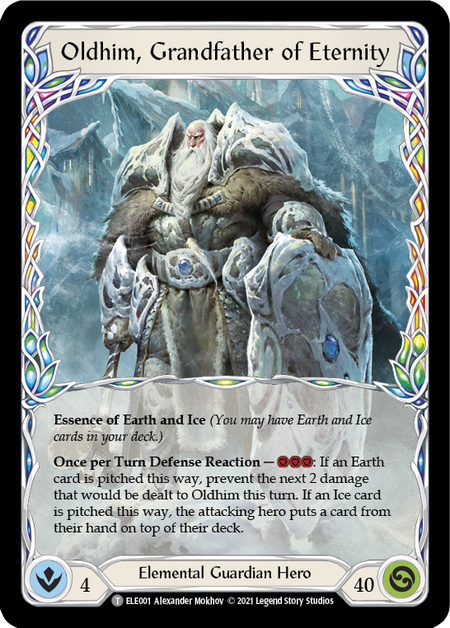
Where does that leave 'midrange'? The etymology reveals a bit about the ideas associated with it, “Middle” being the operating word. It’s an imported term from other card games such as Magic: the Gathering, Yu-gi-Oh, and Hearthstone, where it typically represents decks that try to make even or favorable trades with the opponent until they accrue enough incremental value to win. Another way of coming to the 'midrange' designation is to fall cleanly between aggressive and defensive stances.
It's not a bad way to describe something “in the middle”, but is also not a particularly useful definition. In the landscape of shifting metagames, are the decks that are not distinctly the most aggressive decks in the format relegated to the category of midrange, even if their primary gameplan is still to attack as much as possible?
Some players support the idea that midrange refers to decks that are most comfortable when blocking with a few cards on the opponent’s turn and mounting a smaller counterattack with only a few cards on their own turn. This theoretical framework suggests that:
- Aggressive decks rarely block and like to play with all of their cards.
- Defensive decks like to block with all or almost all of their cards, attacking infrequently.
- Midrange decks like to block with a few cards and attack with a few cards.
The further idea behind this is that midrange decks are categorically designed to be most comfortable when they are blocking for many turns - that is, they intentionally include good blocking cards in their deck (whether they be 3 defense cards or even defense reactions) solely for defensive value. The decks themselves prioritize card combinations that operate at high efficiency on one- and two-card hands, with the occasional three-card hand in mind as well. Bravo blocking and then swinging Anothos for 4 or 6 power is a good example of this.
Two questions are raised here:
- Is this substantially different from what should simply be characterized as a Defensive deck?
- Are we using the term 'midrange' to describe a deckbuilding choice that over-emphasizes the importance of the block value on cards, when they might just as likely be the best choices for the deck overall?
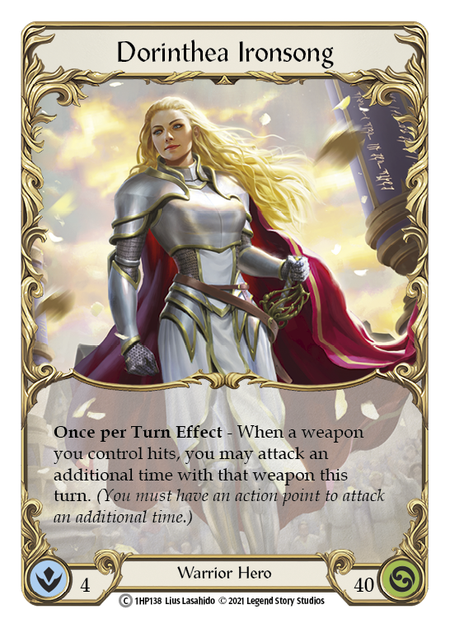
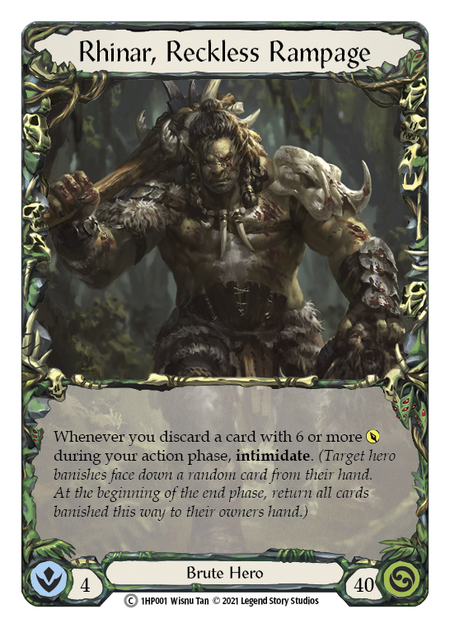
Some players believe that Midrange decks are trying to achieve the highest numerical value of combined attack and block within each turn cycle. Theoretically, they are capable of doing this because they can very effectively transmute value between offensive and defensive as needed for a specific game state. Decks that have many 3-defense cards are most capable at utilizing this type of gameplay loop. While I strongly believe that this is optimal gameplay for many decks that seek to accrue incremental value, it equally applies to so many decks that defining a deck this way has no meaning.
Ultimately, here’s my issue with this claim:
Every good competitive Flesh and Blood deck in the game has excellent ways to utilize their cards at every hand size.
The ability for aggressive decks such as Fai or Viserai to play threatening 3-card hands is one of the ways in which they are able to withhold cards for future turns in the arsenal. A common line in the premiere aggressive deck of the format is to play Enlightened Strike for 7 after blocking with one or two cards. Aggressive decks love situations that allow them to play five or more highly synergistic cards together, but they are just as capable of playing the rest of the game in a manner that sets up those scenarios with a variety of hand sizes.
The best defensive decks - like Oldhim - can effectively play 5-card hands with offensive cards like Rouse the Ancients or Zealous Belting, or disruptive cards like Channel Lake Frigid and Winter’s Bite.
Outside of the fatigue archetype, decks that are conserving life total by blocking are still aiming to set up a game state where they can use their remaining life total as a resource and do something with it - a five-card hand from a Dromai that has been blocking and accruing Ash all game can be a terrifying sight. Long gone are the days of the slow and trundling defensive decks with no win condition; modern FaB is filled with the potential for synergy, excitement, and explosive gameplay at every corner.
What I'm getting at is this:
Midrange decks are fake news. They are not real. They do not exist.

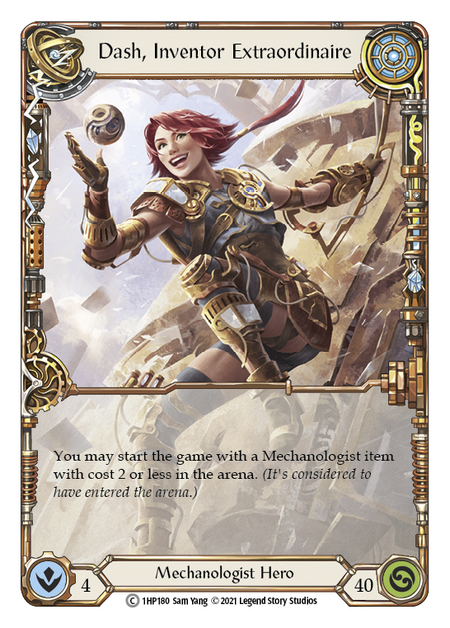
Every single Flesh and Blood deck wants to do exactly what people describe as 'midrange', regardless of the definition you choose to follow. The best players are already utilizing a midrange frame of mind, choosing when is most appropriate to block and gain defensive value, and when is most appropriate to trade life in exchange for the potential offensive value of the cards in their hand. Following some of the widely held assumptions of the definition of midrange, being a good player is midrange. A certain World Champion might be the midrang-iest player out there, what with their excellent track record and recent preference for the hero Iyslander. 'Midrange' players are simply good players.
My sensationalist view of it is that midrange decks - that is, decks created solely for the purpose of fitting in the midrange category - are completely sub-optimal. We can construct good decks by starting from an idea, creating a specific gameplan, assessing how executing that gameplan sits in relation to the metagame, and subsequently valuing flexibility and block value of our cards to support our gameplan. But if we start from a place of creating a deck that is trying hard to be midrange, then it is only ever by mistake that we stumble into an optimized deck.
A point to make here for the critics: it is undoubtedly true that there are decks or even heroes that don’t play on either end of the extremes when it comes to aggressive or defensive. However, I would posit that it comes down to matchup-specific gameplay. In most matchups, heroes will have to choose between who is on the beatdown (harkening back to iconic TCG strategy articles). Some heroes may be the aggressive deck in some matchup, and the defensive deck in others. In two similarly-matched decks or a mirror match, do both decks suddenly gain the midrange trait, even if both decks are heavily slanted in the aggressive or defensive direction?
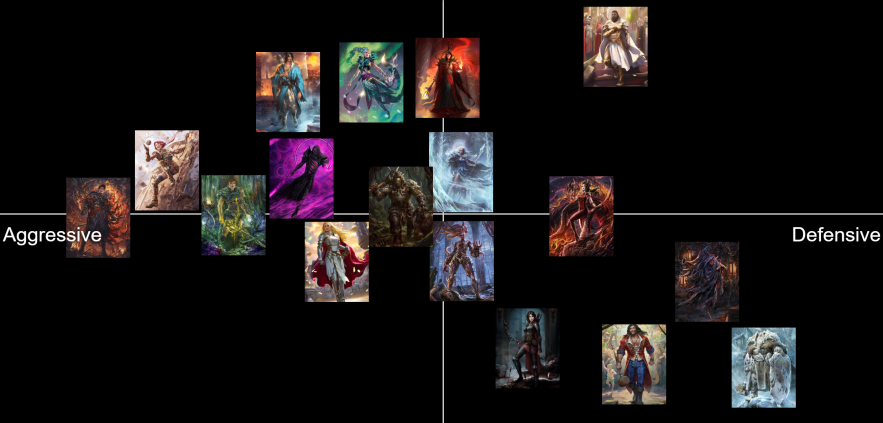
My primary criticism with the use of the term midrange is how it can mean so many different and non-specific things to different players, and how it’s a shifting target. Additionally, what is considered a midrange deck can be completely different between one metagame and another. It’s not that midrange doesn’t exist at all - it’s that it’s an awfully imprecise to define something on the basis of where it sits on a gradient from A to B. If you want to continue to characterize decks as midrange on the basis of how close to center they land on the axis of aggressive to defensive, then that’s certainly one more definition. But when everything is midrange, nothing is midrange.




